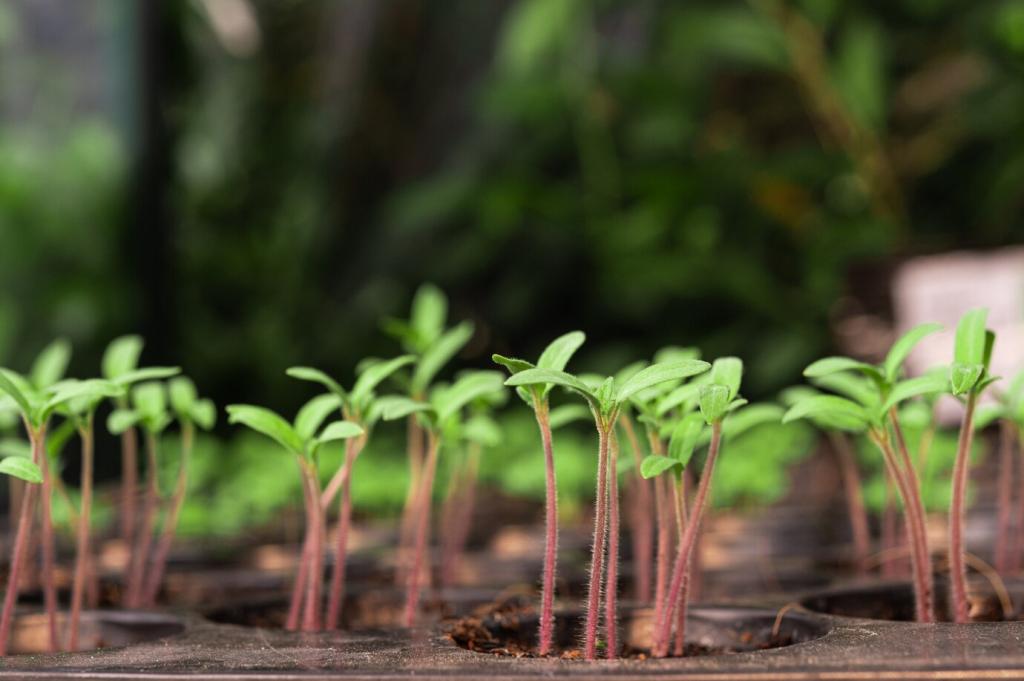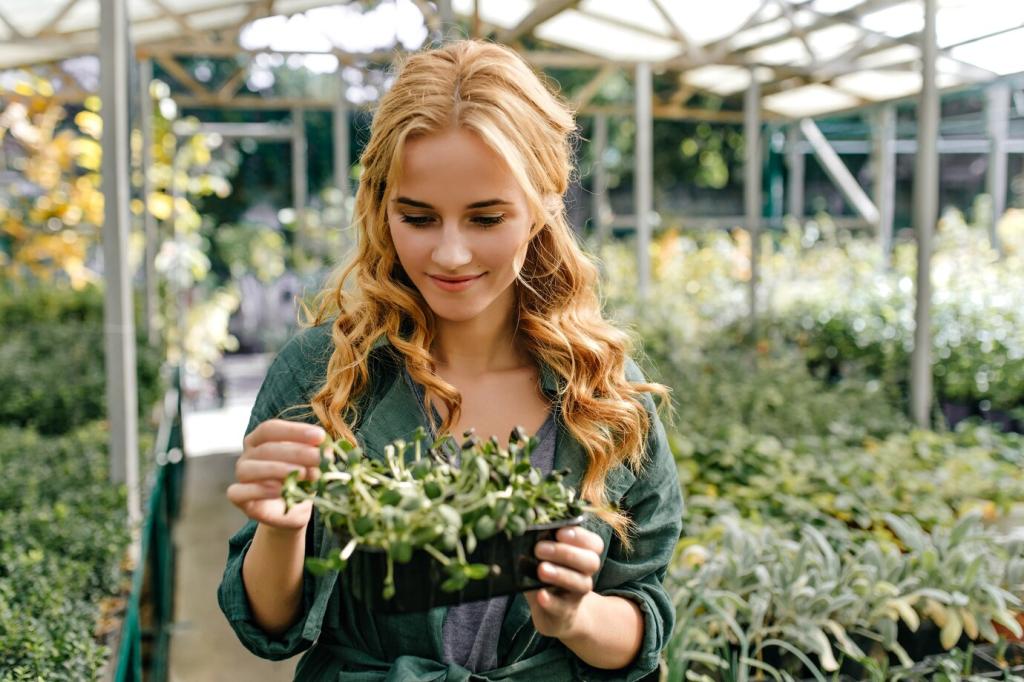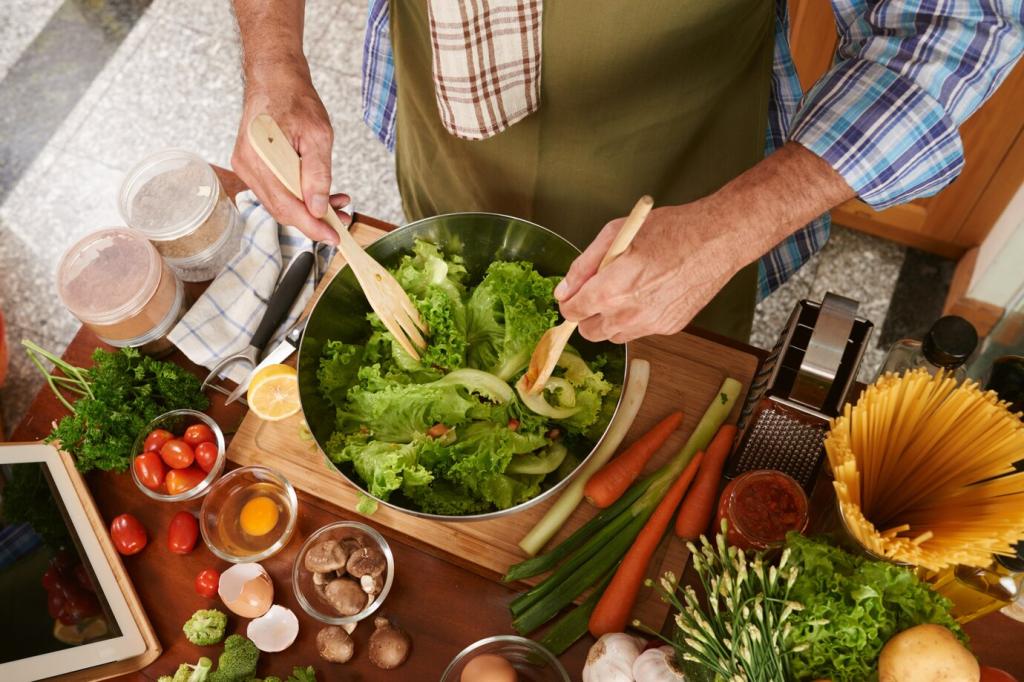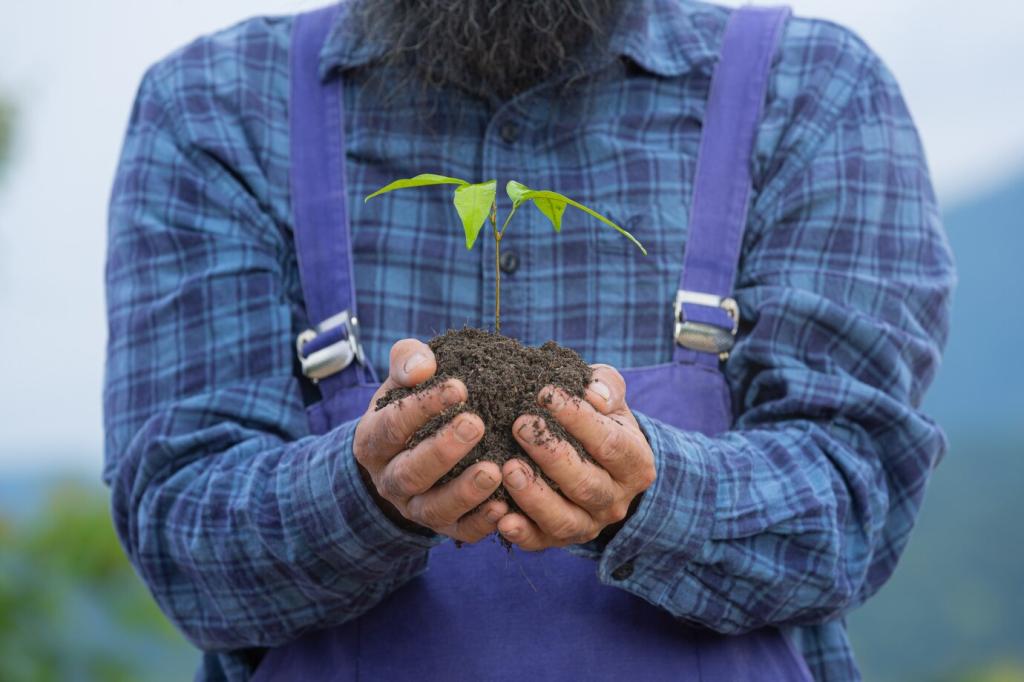Sustainable Vegetable Gardening Tips: Grow Abundantly, Tread Lightly
Chosen theme: Sustainable Vegetable Gardening Tips. Welcome to a home page dedicated to earth-friendly methods that nourish soil, save water, and yield delicious harvests. Explore practical advice, real stories, and small actions with big impact—and share your own tips so we can grow wiser together.

Spend a week noting sun angles, wind corridors, and where water lingers after rain. A simple notebook sketch can prevent costly mistakes, like placing thirsty crops uphill or lettuce in harsh afternoon sun. Share your site map to inspire neighbors to plan thoughtfully.

Match crop needs to microclimates: tomatoes love heat, leafy greens prefer partial shade, and beans tolerate lighter soils. Choosing wisely reduces inputs and stress for both you and your plants. Tell us which varieties thrive in your corner of the world and why.

Raised or mounded beds improve drainage and define traffic-free soil. Keep paths wide enough for a wheelbarrow, and group crops by watering needs. A neighbor once halved his watering time simply by reorganizing beds—try it and report back on your results.
Water Wisdom for Thriving, Thrifty Crops
A 5–8 cm layer of straw, shredded leaves, or coarse compost can reduce evaporation, suppress weeds, and moderate soil temperature. Last July, a mulched bed kept lettuce crisp through a heatwave while an unmulched row bolted quickly. What mulches work best for you?
Drip lines or soaker hoses deliver moisture right to roots, minimizing evaporation and leaf diseases. Water early morning and deeply, less often, to encourage resilient root systems. Share photos of your setup and any clever timers or gravity-fed hacks you’ve installed.
Rain barrels, diverters, and simple first-flush filters turn downpours into irrigation reserves. Even a single barrel can carry greens through a dry spell. If local regulations apply, summarize your experience navigating them so others can collect responsibly and legally.

Compost That Feeds, Not Fills
Balance browns (leaves, cardboard) and greens (kitchen scraps, grass clippings), keep it moist like a wrung sponge, and aerate regularly. My pile turned from sluggish to steamy after adding shredded stems for airflow. Drop your favorite starter tricks or carbon sources below.
Green Manures and Cover Crops
Sow crimson clover, vetch, or oats in vacant beds to fix nitrogen, capture carbon, and block erosion. Chop-and-drop before they seed, letting roots decompose in place. Tell us which cover crop blends fit your climate and how your soil changed over a season.
Gentle Tillage and No-Dig
Minimize soil disturbance to preserve fungal networks and structure. Layer compost on top and plant through it; worms will do the mixing. After one year of no-dig, a reader measured faster infiltration and fewer weeds—try it and share your observations.
Heirlooms offer rich flavors and seed-saving potential; hybrids can shine in disease resistance and uniformity. Choose based on your needs and local pressures. Tell us which tomato or cucumber varieties thrived with minimal inputs and why they earned a permanent spot.

Kitchen Scraps to Soil Gold
Collect coffee grounds, eggshells, and vegetable peels for compost or bokashi fermentation. A small countertop caddy turns daily cooking into soil fertility. Share your favorite recipe for a balanced compost mix that heats quickly and smells earthy, not sour.
Plastic-Light Gardening Habits
Reuse nursery pots, switch to soil blocks, and choose tools that last. Upcycled row markers and salvaged lumber reduce waste and cost. Show us your clever reuses and tag sustainable swaps your neighbors might copy this weekend.
Share, Trade, and Learn
Swap extra seedlings, exchange seeds at community tables, and trade knowledge as freely as zucchini in July. A small neighborhood plant swap grew into monthly workshops—start one and invite readers here to join or replicate your model.
